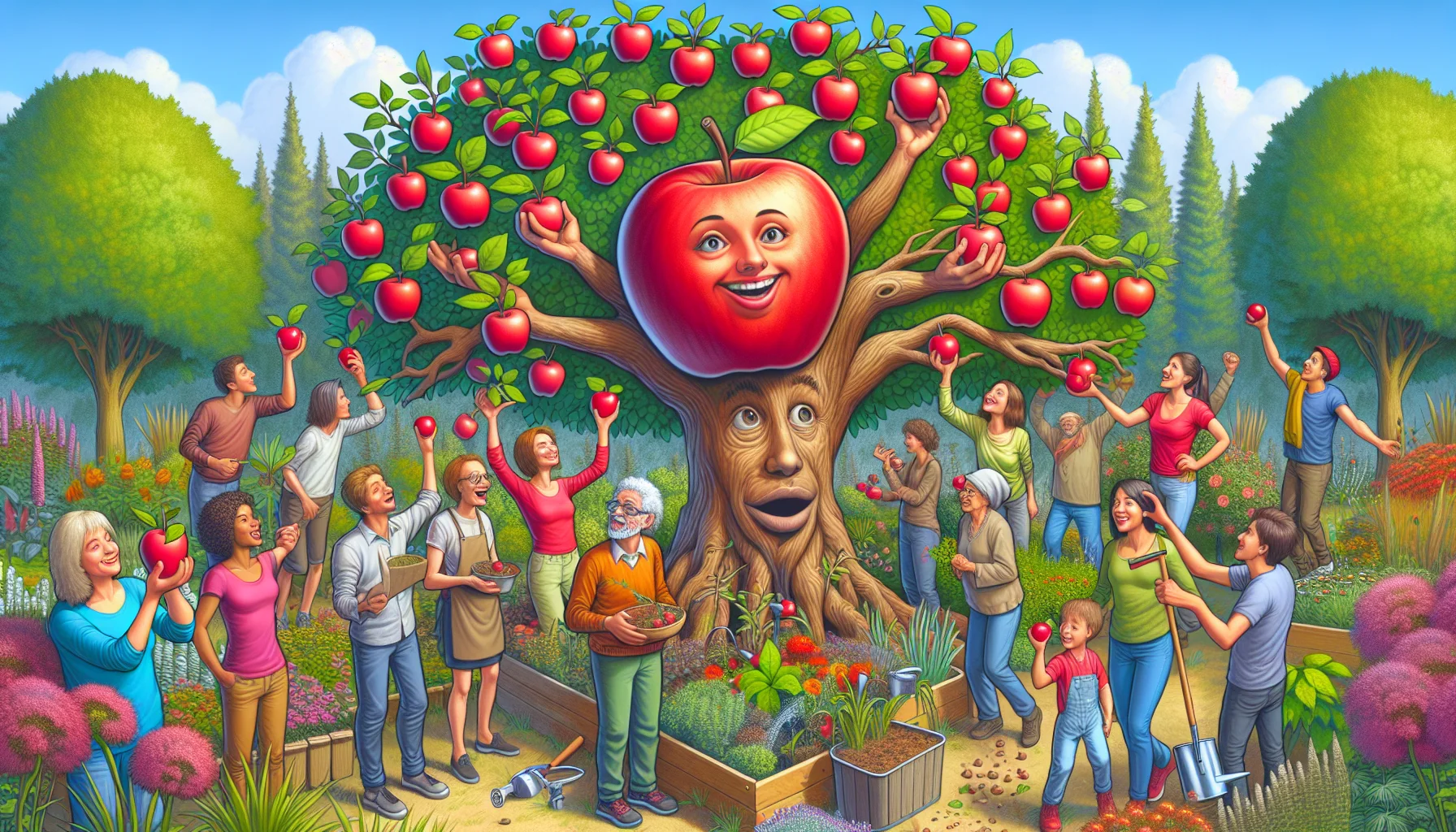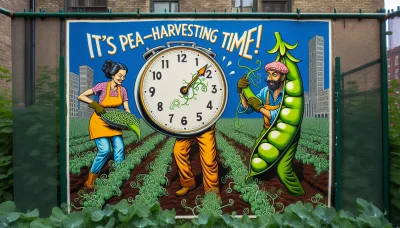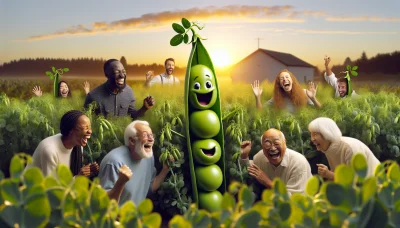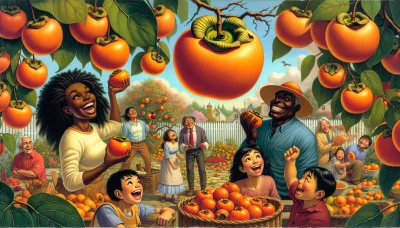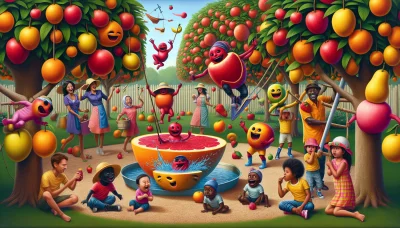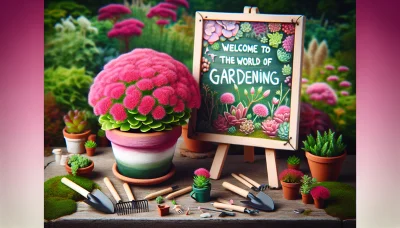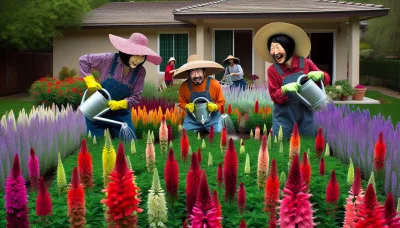Malus pumila Quiz
Test Your Knowledge
Question of
Introduction to Malus Pumila
Malus Pumila, commonly known as the domestic apple, is a deciduous tree in the rose family, known for its sweet, pomaceous fruit, the apple. It is cultivated worldwide as a fruit tree and is the most widely grown species in the genus Malus. The tree originated in Central Asia, where its wild ancestor, Malus sieversii, is still found today. Malus Pumila has been grown for thousands of years in Asia and Europe and was brought to North America by European colonists. Apples have been bred in a variety of ways to enhance their sweetness, reduce bitterness, and improve their resistance to diseases. The trees bloom in spring with flowers that are white with a pink tinge that gradually fade to all white. The fruit matures in late summer or autumn, and cultivars exist in a wide range of sizes and colors, including red, yellow, and green.
The History of Malus Pumila
Malus pumila, more commonly known as the domestic apple, is a fruit that has been cultivated and cherished by human societies for thousands of years. Its origin traces back to Central Asia, specifically in the regions around Kazakhstan, Kyrgyzstan, and Tajikistan. Here, its wild ancestor, Malus sieversii, still grows. The domestic apple is believed to have emerged from the deliberate cultivation and hybridization of several wild species, including Malus sieversii, through the Silk Road trade routes. This extensive network facilitated the exchange of goods, ideas, and agricultural practices, allowing the apple to spread across Europe and Asia. Early evidence of apple cultivation dates back to 6500 B.C. in Jericho, Jordan Valley, indicating its significant role in ancient agriculture. Over centuries, selective breeding and cultivation practices have evolved Malus pumila into the diverse range of apple varieties we enjoy today, making it a staple fruit in many cultures worldwide.
Cultivating Malus Pumila
- Choosing the Right Location: Select a location that receives full sunlight for most of the day. Malus Pumila requires at least 6 hours of direct sunlight daily.
- Soil Requirements: The soil should be well-draining with a pH between 6.0 and 7.0. Amend heavy clay or sandy soils with compost to improve fertility and texture.
- Planting: Plant in the early spring or late fall. Dig a hole twice as wide and the same depth as the root ball. Place the tree in the hole, ensuring it's level with the surrounding ground. Backfill with soil and water thoroughly.
- Watering: Water newly planted trees regularly to keep the soil moist but not waterlogged. Once established, Malus Pumila requires about 1 inch of water per week, either from rainfall or supplemental watering.
- Mulching: Apply a 2-3 inch layer of organic mulch around the base of the tree, extending out to the drip line. This helps retain soil moisture, regulate soil temperature, and reduce weed competition.
- Fertilizing: Feed in early spring with a balanced fertilizer before new growth begins. Follow the manufacturer's instructions for application rates and frequencies.
- Pruning: Prune in late winter while the tree is dormant. Remove any dead, damaged, or diseased branches, and thin out the canopy to allow light and air to penetrate, which helps reduce the risk of disease.
- Pest and Disease Management: Monitor for common pests and diseases. Apply appropriate organic or chemical treatments as necessary, following safety guidelines and application instructions carefully.
Common Varieties of Malus Pumila
| Variety Name | Characteristics | Best Uses |
|---|---|---|
| Red Delicious | Deep red, heart-shaped, sweet | Snacking, salads |
| Granny Smith | Bright green, tart | Baking, snacking |
| Gala | Red over yellow, sweet, crisp | Snacking, salads, baking |
| Honeycrisp | Red over yellow, juicy, sweet | Snacking, salads, baking |
| Fuji | Red over yellow, very sweet, crunchy | Snacking, salads, baking |
Pests and Diseases Affecting Malus Pumila
Malus Pumila, commonly known as the domestic apple, is susceptible to a range of pests and diseases that can significantly impact its health and fruit production. Common pests include the codling moth, which lays eggs on the fruit, leading to worm-infested apples, and apple scab, a fungal disease causing dark, scaly lesions on leaves and fruits. Aphids and apple maggots also pose threats, sucking sap from leaves and tunneling through fruit, respectively.
Management strategies for these issues vary. For codling moth, pheromone traps can be used for monitoring and mass trapping. Applying horticultural oil during the dormant season can help manage overwintering stages of pests. For fungal diseases like apple scab, ensuring good air circulation through pruning and selecting resistant varieties can be effective preventive measures. Chemical controls should be used as a last resort, following integrated pest management principles to minimize environmental impact and pesticide resistance.
Harvesting and Storing Malus Pumila
Harvesting Steps
- Check for ripeness: Malus Pumila fruits are ready to harvest when they detach easily from the tree. Gently twist the fruit; if it comes off easily, it's ripe.
- Harvest in the morning: The best time to pick the fruits is in the cool of the morning. This helps in preserving their quality.
- Use the proper technique: When picking the fruit, hold it in the palm of your hand and twist it upwards with a gentle tug. Avoid pulling directly to prevent damaging the fruit and the tree.
- Inspect the fruits: Only harvest fruits that are free of bruises, cuts, and pests. Damaged fruits should be used immediately or discarded.
- Store temporarily in a cool place: If you cannot store them properly right away, keep the harvested fruits in a cool, shaded place to prevent spoilage.
Storage Tips
- Temperature and humidity: Store Malus Pumila fruits in a cool, humid place. Ideal storage temperatures are between 30-32°F (-1 to 0°C) with 90-95% humidity.
- Avoid ethylene producers: Do not store these fruits near ethylene-producing fruits and vegetables like bananas and tomatoes, as it can hasten ripening.
- Check regularly: Inspect the stored fruits regularly for any signs of spoilage such as rot or mold. Remove any affected fruits immediately to prevent it from spreading.
- Proper ventilation: Ensure the storage area is well-ventilated to prevent the accumulation of ethylene gas and to maintain a stable temperature.
- Use of storage bags: For smaller quantities, breathable storage bags can help maintain humidity levels and extend the shelf life of the fruits.
Benefits of Growing Malus Pumila
Growing Malus Pumila, commonly known as the domestic apple, offers a multitude of environmental and health benefits that contribute significantly to both local ecosystems and personal well-being. Environmentally, Malus Pumila trees play a crucial role in enhancing biodiversity. They serve as a habitat for various species of birds, insects, and small mammals, fostering a balanced ecosystem. The presence of these trees also aids in the pollination process, with bees and other pollinators attracted to their flowers, thereby supporting the reproduction of a wide range of plant species. From a health perspective, apples are a rich source of essential nutrients and antioxidants. Consuming Malus Pumila can aid in digestion, improve heart health, and contribute to a stronger immune system due to its high vitamin C content. Additionally, the fiber in apples is beneficial for regulating blood sugar levels and promoting gut health. Thus, the cultivation of Malus Pumila not only supports environmental sustainability but also offers considerable health advantages, making it a valuable addition to any garden or orchard.
